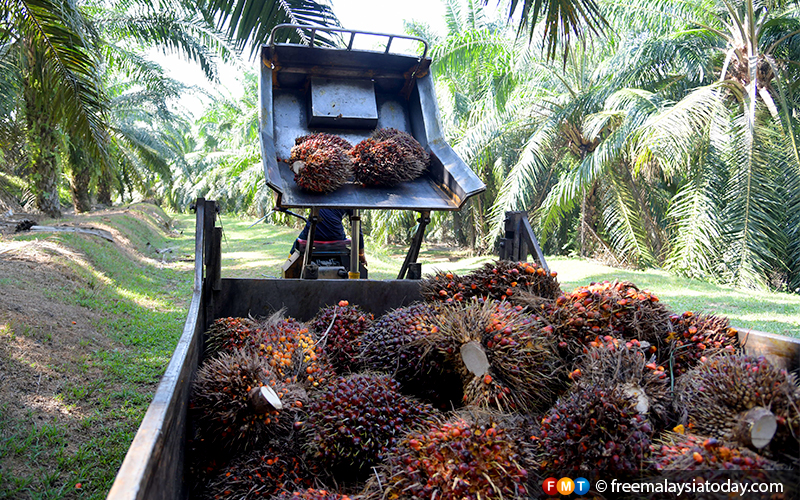
PETALING JAYA: Promoting better biomass management strategies can help Sabah forge a greener future powered by renewable energy, says a climate change expert.
Gary William Theseira said the state government should accelerate the development of energy efficiency and conservation legislation as part of a comprehensive biomass management strategy aimed at maximising the utilisation efficiency of biomass in the state.
Theseira, the director of Climate Governance Malaysia, said biomass could generate electricity through the burning of wood chips, sawdust, and palm oil residues.
Deputy investment, trade and industry minister Liew Chin Tong previously said Sabah has great potential in the development of the downstream palm oil, biomass and biogas industries as the state is the largest palm oil producing territory in Malaysia.
Theseira suggested that Sabah address key inefficiencies in the consumption of biomass in existing palm mills to ensure a sufficient and dependable supply of biomass.
“Improving biomass use through steam management, energy recovery technologies and efficient boilers would effectively liberate up to a third of the biomass currently consumed in inefficient mills,” he said.
“This one measure represents a significant low hanging fruit.”
He also pointed out that the Sabah Cabinet recently approved the oil palm biomass industry policy and decided to impose a state sales tax on biomass exports pending the implementation of the policy, all with a view of regulating the industry and controlling the export of palm biomass to countries like Japan and South Korea.
“Given these clear policy developments, the private sector needs to reexamine the feasibility of ramping up the current grid renewable energy mix of less than 10% from hydroelectricity, biomass and biogas, and solar,” he said.
Sabah’s energy generation mix is currently made up of natural gas (86%), diesel and medium fuel oil (6.7%), hydroelectricity (4.6%), biomass and biogas (1.5%) and solar (1.2%)
Last September, Sabah chief minister Hajiji Noor launched the Sabah Energy Roadmap and Master Plan 2040, with one of its goals to increase the state’s share of renewable energy in its generation mix from 7% to 35% by 2035.
Consider expanding biomass facilities, says expert
Sustainability and climate change specialist Renard Siew said there are currently a few key opportunities for private sector players looking to help Sabah achieve its renewable energy targets.
Apart from investing in renewable energy infrastructure such as solar farms and hydroelectricity, the Unitar International University adjunct professor called on private firms to consider expanding biomass facilities.
Siew said Sabah’s agricultural and forestry industries tend to generate significant amounts of organic waste which can be easily utilised for biomass and biogas production, and investments in these areas can increase the capacity and availability of renewable energy sources in Sabah.
He said private companies can explore public-private partnerships with government entities or even consider innovative financing in the form of grants, loans, investment funds to local communities to develop and implement renewable energy projects.
Financing aside, Siew said, there might be a need to look at strengthening market-based mechanisms such as renewable energy auctions and power purchase agreements to help facilitate the sale and purchase of renewable energy generated by private sector projects.
“This will create a competitive market environment and ensure fair compensation for renewable energy producers,” he said. - FMT



No comments:
Post a Comment
Note: Only a member of this blog may post a comment.